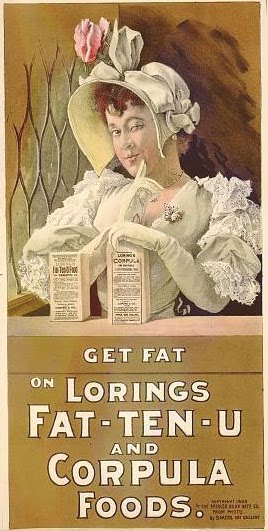Enjoy a new round-up of examples in which men = people and women = women. The tendency to include women as a special type of human being, alongside men who get to be regular people, is a specific example of a more general phenomenon in which some people, but not others, are marked as a specific kind. We see this with race, routinely, in cases where there are “people” and “black people,” “families” and “ethnic families,” or when the skin tone of white people is substituted for the very idea of “skin” tone. And we’ve covered many examples of this in regards to gender; see our posts on the Body Worlds exhibits, avatars, fitness equipment, rulers, and this collection of many additional examples. Here is a new set of instances submitted by our Readers:
Michelle P. took this photo of two card games in Salem, MA at The House of the Seven Gables gift shop:

Jennifer discovered that her local zoo was selling “binoculars” and “girly girl binoculars”:
froodian sent along a set of guitar straps for sale. There are “guitar straps,” “giggin for god guitar straps,” “kids guitar straps,” and “girls’ guitar straps” in pink, purple, and baby blue:
Sarah J. noted that the website www.healthcare.gov features sections (along the bottom) for “healthy individuals,” “individuals with health conditions,” and “women”:
Finally, Leigh sent along Technorati’s odd effort to appeal to women. Their main site has a highlighted yellow tab to press if you’re female, labeled “women.” And, if you do, you get girly content, plus pretty flowers!
The main site:
The woman site:
Lisa Wade, PhD is an Associate Professor at Tulane University. She is the author of American Hookup, a book about college sexual culture; a textbook about gender; and a forthcoming introductory text: Terrible Magnificent Sociology. You can follow her on Twitter and Instagram.


















